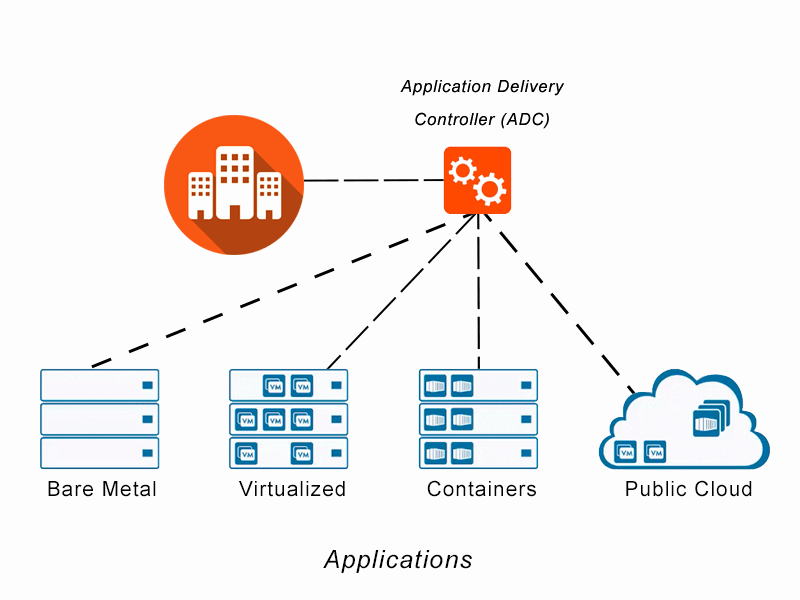In today’s fast-paced digital landscape, rising to the top in ecommerce automation isn’t just about embracing technology—it’s about mastering the art of efficiency, innovation, and strategic thinking. So, how do you differentiate yourself and become a trailblazer in this dynamic field? Let’s explore the steps to success.
Grasping the Essentials of Ecommerce Automation:
Before delving into advanced strategies, it’s crucial to grasp the fundamentals. Familiarize yourself with core concepts like inventory management, order processing, customer relationship management (CRM), and marketing automation. By building a strong foundation, you’ll be better equipped to leverage automation effectively.
Identifying Pain Points and Opportunities:
Each ecommerce business has its unique challenges and opportunities. Take time to pinpoint pain points in your current workflow and areas where automation can make a significant impact. Whether it’s improving order fulfillment processes, optimizing inventory management, or enhancing customer service, focusing on these areas will set you on the path to success.
Selecting the Right Automation Tools:
With a plethora of automation tools available, choosing the right ones for your business can be daunting. Conduct thorough research, read reviews, and seek recommendations from industry experts to identify tools that align with your needs. Whether it’s inventory management software, email marketing platforms, or CRM systems, prioritize solutions that are user-friendly, scalable, and feature-rich.
Integration and Implementation:
Implementing ecommerce automation requires careful planning and seamless integration with existing systems. Collaborate with your team and automation providers to develop a comprehensive implementation strategy. Ensure smooth data flow by integrating different tools and systems effectively. Remember, successful automation hinges on how well you integrate these tools into your workflow.
Continuous Learning and Optimization:
The field of ecommerce automation is ever-evolving, with new technologies and trends emerging regularly. Stay updated by engaging in continuous learning, attending industry events, and networking with peers. Regularly evaluate your automation processes, gather feedback, and identify areas for improvement. By fostering a culture of continuous improvement, you’ll position yourself as a leader in ecommerce automation.
Measuring Success and ROI:
Like any business initiative, it’s essential to measure the success of your automation efforts. Define key performance indicators (KPIs) such as order processing time, inventory turnover, customer satisfaction scores, and revenue growth. Monitor these metrics closely and analyze the impact of automation on your business operations. By quantifying the ROI of your automation investments, you’ll gain insights into areas that require further optimization.
Embracing Innovation and Adaptation:
In the dynamic world of ecommerce, innovation is key to maintaining a leadership position. Keep abreast of emerging technologies, explore opportunities for process optimization, and be open to experimentation. By embracing innovation and adapting to change, you’ll not only stay ahead of the competition but also inspire others to follow your lead.
In conclusion
mastering ecommerce automation requires a blend of strategic vision, technical expertise, and a commitment to continuous improvement. By understanding the fundamentals, identifying opportunities, selecting the right tools, integrating effectively, learning continuously, measuring success, and embracing innovation, you’ll pave the way for success in the digital era. So, are you ready to embark on this journey and become a leader in ecommerce automation?
FQA:
What is ecommerce automation, and why is it important?
Ecommerce automation involves using technology to streamline processes like inventory management, order processing, and marketing campaigns in online businesses. It’s crucial for improving efficiency, reducing manual labor, and scaling operations in a competitive marketplace.
How can I become a leader in ecommerce automation?
To become a leader in ecommerce automation, start by understanding the basics of automation, identifying opportunities for improvement in your business processes, selecting the right automation tools, integrating them effectively, continuously learning and optimizing your strategies, measuring success, and embracing innovation and adaptation.
What are some common pain points that ecommerce automation can address?
Ecommerce automation can address various pain points, including manual data entry errors, inefficient order processing, inventory management challenges, time-consuming marketing tasks, and inconsistent customer service. By automating these processes, businesses can enhance efficiency and focus on growth.
What are some essential automation tools for ecommerce businesses?
Essential automation tools for ecommerce businesses include inventory management software, order management systems, customer relationship management (CRM) platforms, email marketing automation tools, and analytics software. The choice of tools depends on the specific needs and goals of your business.
How can I measure the success of ecommerce automation efforts?
Success in ecommerce automation can be measured using key performance indicators (KPIs) such as order processing time, inventory turnover rate, customer satisfaction scores, revenue growth, and return on investment (ROI). Regularly tracking and analyzing these metrics will help evaluate the impact of automation on your business.
What are some emerging trends in ecommerce automation?
Emerging trends in ecommerce automation include the use of artificial intelligence (AI) and machine learning for predictive analytics and personalized customer experiences, the adoption of chatbots and virtual assistants for customer support, and the integration of Internet of Things (IoT) devices for real-time inventory management and order tracking.
How can I stay updated on developments in ecommerce automation?
To stay updated on developments in ecommerce automation, consider attending industry events, participating in webinars and workshops, joining online communities and forums, subscribing to industry newsletters and publications, and following thought leaders and influencers on social media platforms.












